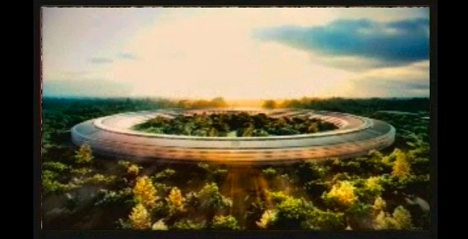Why is Apple turning its back on the community?

Posted June 21, 2011 at 1:34PM
A short time ago, I noted the mounting evidence that suburban corporate campuses - a major land-use trend in the 1960s, 1970s and 1980s - are now clearly on the decline. Instead, many companies are now turning to more walkable and connected suburban concepts, and in some cases back to city centers, for their offices.
Which makes me really scratch my head about the one shown above. Three cheers to Treehugger’s Lloyd Alter for his criticism of Apple’s proposed new headquarters in Cupertino, California:
"So what is one to say about Apple's proposed new headquarters, a building with no corners and no streets? That is it anti-urban, anti-social, anti-environmental and probably anti-Apple. And, that it could signal the end of Apple as a creative juggernaut.
"Apple has done so much for design, crafting beautiful objects that have changed our expections of what electronics should look like and how they should work. Their stores have reinvented retailing.
"But I have serious issues with the design of this project. It turns its back on its community. It addresses the street with a wall of parking garages . . .
"Apple's iconic retail stores have been great examples of city-building, often glorious renovations of existing structures in downtown locations, because that is where their customers are. What a shame that Apple missed the opportunity to do some city-building, instead of just the 21st century version of a 1960s suburban office park."
This is pretty much exactly what I thought when I first saw the site and building design. Read Lloyd’s entire article, with additional images, here. Sarah Goodyear adds her own critical commentary in Grist, here.
Move your cursor over the images for credit information.
